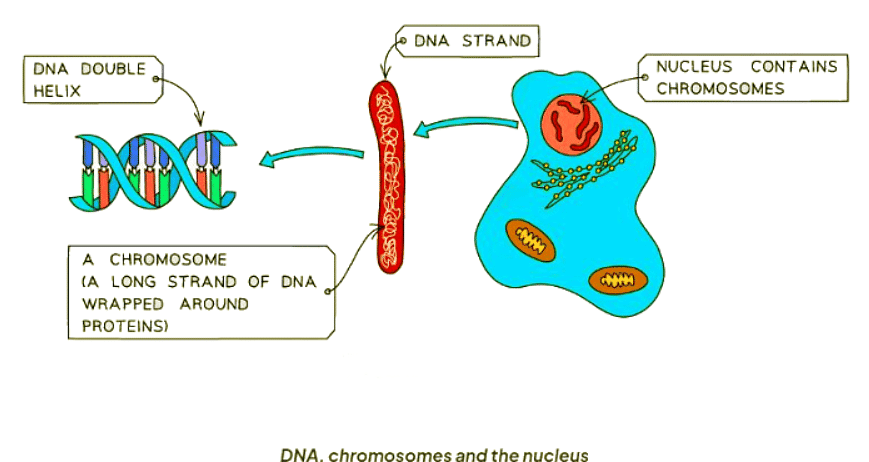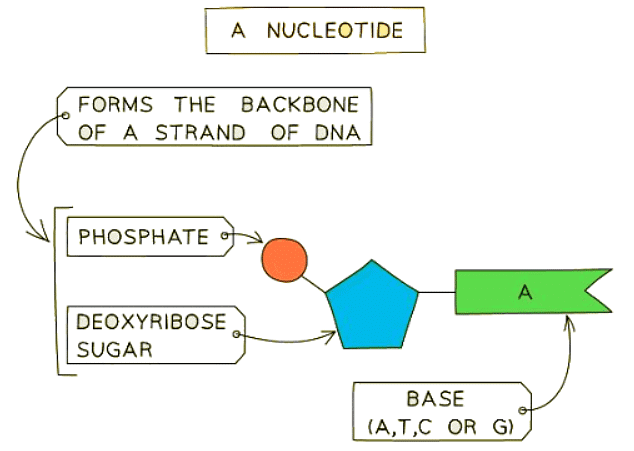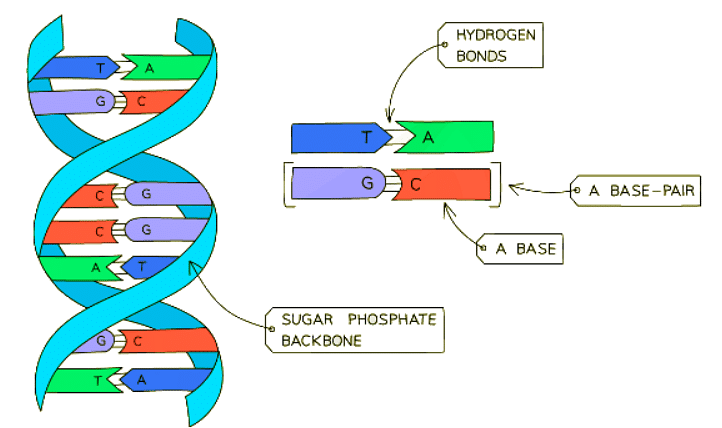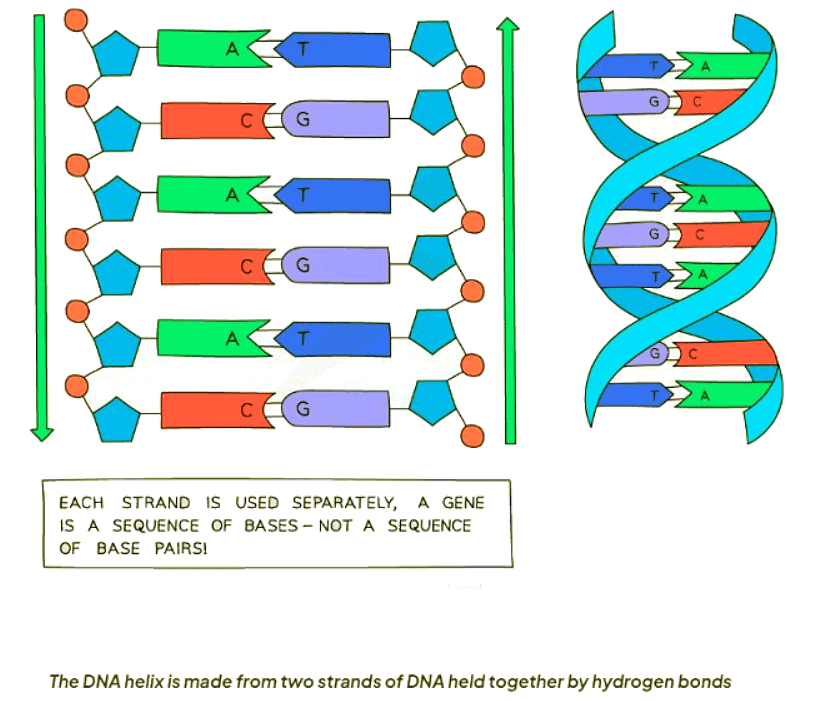Class 10 Exam > Class 10 Notes > Biology for GCSE/IGCSE > DNA Structure
DNA Structure | Biology for GCSE/IGCSE - Class 10 PDF Download
Structure of a DNA Molecule: Extended
- DNA, or deoxyribonucleic acid, serves as the repository of genetic information for all living organisms.
- It comprises two intertwined strands forming a structure known as a double helix.

- Nucleotides are the building blocks of DNA, each composed of a sugar, a phosphate group, and a nitrogenous base.

- All nucleotides in DNA share the same phosphate and deoxyribose sugar, differing only in the base attached to them.
- There exist four distinct bases in DNA: Adenine (A), Cytosine (C), Thymine (T), and Guanine (G).
- Each base on one DNA strand pairs specifically with another base on the complementary strand, thereby maintaining the double helix structure.
- Adenine always pairs with Thymine (A-T), while Cytosine always pairs with Guanine (C-G).

- The phosphate and sugar components of nucleotides form the structural "backbone" of the DNA strand, akin to the sides of a ladder.

- The sequence of bases in DNA holds instructions for protein formation.
Question for DNA StructureTry yourself: What are the building blocks of DNA?View Solution
The document DNA Structure | Biology for GCSE/IGCSE - Class 10 is a part of the Class 10 Course Biology for GCSE/IGCSE.
All you need of Class 10 at this link: Class 10
|
101 videos|193 docs|33 tests
|
FAQs on DNA Structure - Biology for GCSE/IGCSE - Class 10
| 1. What is the structure of a DNA molecule? |  |
Ans. A DNA molecule is a double helix structure composed of two strands that are twisted around each other. Each strand is made up of a sequence of nucleotides containing a sugar-phosphate backbone and nitrogenous bases.
| 2. How is DNA organized within a cell? |  |
Ans. DNA is organized into structures called chromosomes within the cell nucleus. Chromosomes are made up of long strands of DNA wrapped around proteins called histones.
| 3. What is the function of DNA in the body? |  |
Ans. DNA contains the genetic information that determines an organism's traits and characteristics. It serves as a blueprint for the production of proteins and plays a crucial role in cell growth, development, and reproduction.
| 4. How is DNA replication carried out? |  |
Ans. DNA replication is a process where a cell makes an identical copy of its DNA. It involves the separation of the DNA strands, the building of complementary strands by matching bases, and the proofreading and correction of errors.
| 5. How does the structure of a DNA molecule allow for genetic variation? |  |
Ans. The specific sequence of nucleotides in DNA, along with its ability to replicate and undergo mutations, allows for genetic variation. This variation is essential for evolution and the diversity of species.
Related Searches















